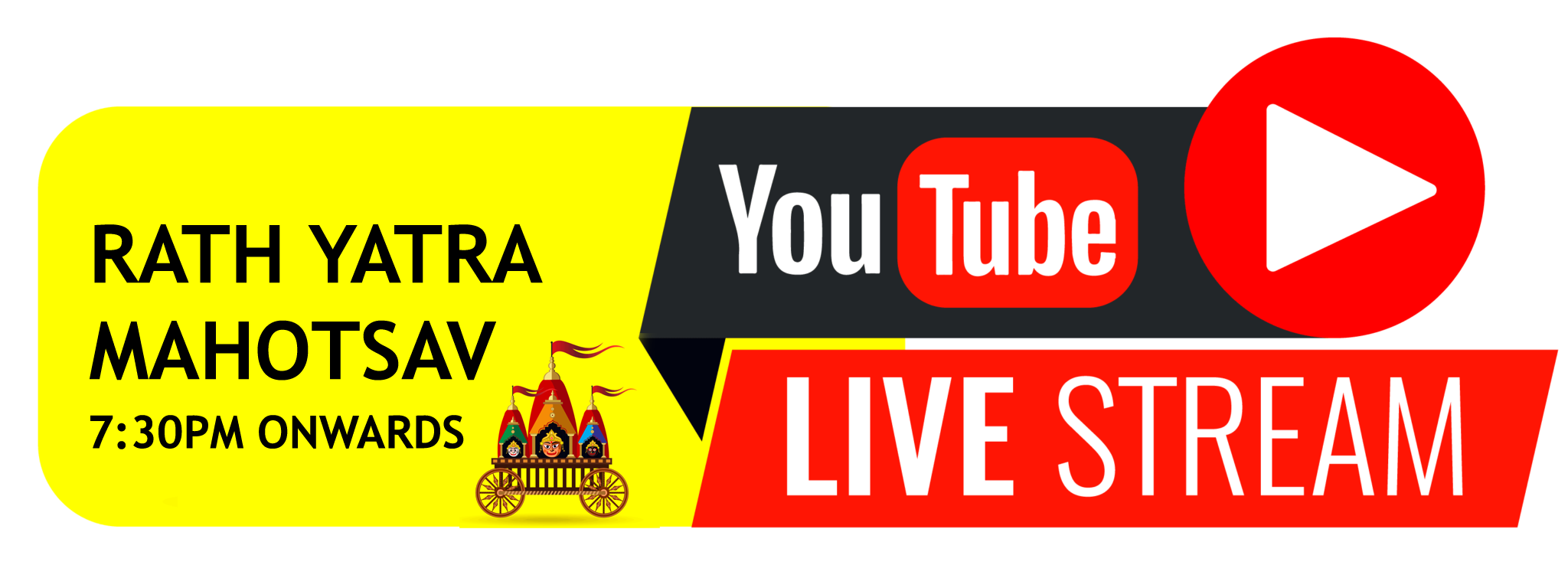Starts in
March 14, 2025 12:00 am
Dola Purnima and Mina Sankranti Celebrations at Shri Jagannath Mandir, Thyagraj Nagar, Delhi
Dola Purnima:
Dola Purnima, also known as Holi Purnima, is a significant festival celebrated in the month of Phalguna, coinciding with the full moon day. It marks the beginning of the Holi festival and is dedicated to the worship of Lord Krishna and Radha. The celebration is filled with devotion, rituals, and joyous activities at Shri Jagannath Mandir in Thyagraj Nagar, Delhi.
Significance of Dola Purnima:
Dola Purnima celebrates the divine love of Radha and Krishna and the arrival of spring. It symbolizes joy, love, and the victory of good over evil. The festival also holds importance for farmers as it marks the end of the Rabi crop season and the beginning of the harvest.
Preparations and Decorations:
The preparations for Dola Purnima at Shri Jagannath Mandir begin days in advance. The temple is adorned with colorful decorations, flowers, and lights. Rangoli designs are made at the entrance, adding to the festive atmosphere. The idols of Lord Jagannath, Balabhadra, and Subhadra are beautifully dressed in vibrant attire and adorned with flowers.
Rituals and Ceremonies:
Morning Puja: The day begins with special puja and abhisheka (ritualistic bathing) of the deities with sacred substances like milk, honey, ghee, yogurt, and water. Devotees offer flowers, fruits, and sweets while chanting hymns and mantras dedicated to Lord Krishna and Radha.
Swing Festival (Dola Yatra): One of the unique features of Dola Purnima is the Dola Yatra, where the idols of Lord Krishna and Radha are placed on a decorated swing and taken out in a grand procession around the temple. Devotees sing bhajans (devotional songs) and play traditional musical instruments, celebrating the divine love of Radha and Krishna.
Playing with Colors: Similar to Holi, devotees celebrate Dola Purnima by playing with colors. They smear each other with gulal (colored powder), symbolizing joy and unity. This activity signifies the arrival of spring and the spread of happiness and love.
Evening Aarti: The celebrations culminate with an evening aarti, where the deities are worshipped with lamps, incense, and devotional songs. The temple resounds with the sound of bhajans and kirtans, creating a spiritually uplifting atmosphere.
Distribution of Prasad: After the aarti, prasad (sacred food offering) is distributed to all devotees. The prasad typically includes traditional sweets and delicacies prepared for the occasion, fostering a sense of community and shared blessings.
Mina Sankranti:
Mina Sankranti, also known as Meena Sankranti, marks the transition of the sun into the zodiac sign of Pisces (Meena). This transition signifies the end of winter and the beginning of spring, bringing renewed hope and energy. It is celebrated with various rituals and customs at Shri Jagannath Mandir in Thyagraj Nagar, Delhi.
Significance of Mina Sankranti:
Mina Sankranti is considered an auspicious time for new beginnings and spiritual growth. It is believed that taking a holy dip in sacred rivers on this day purifies the soul and washes away sins. The festival is also associated with agricultural prosperity and is celebrated by farmers as a time of joy and abundance.


